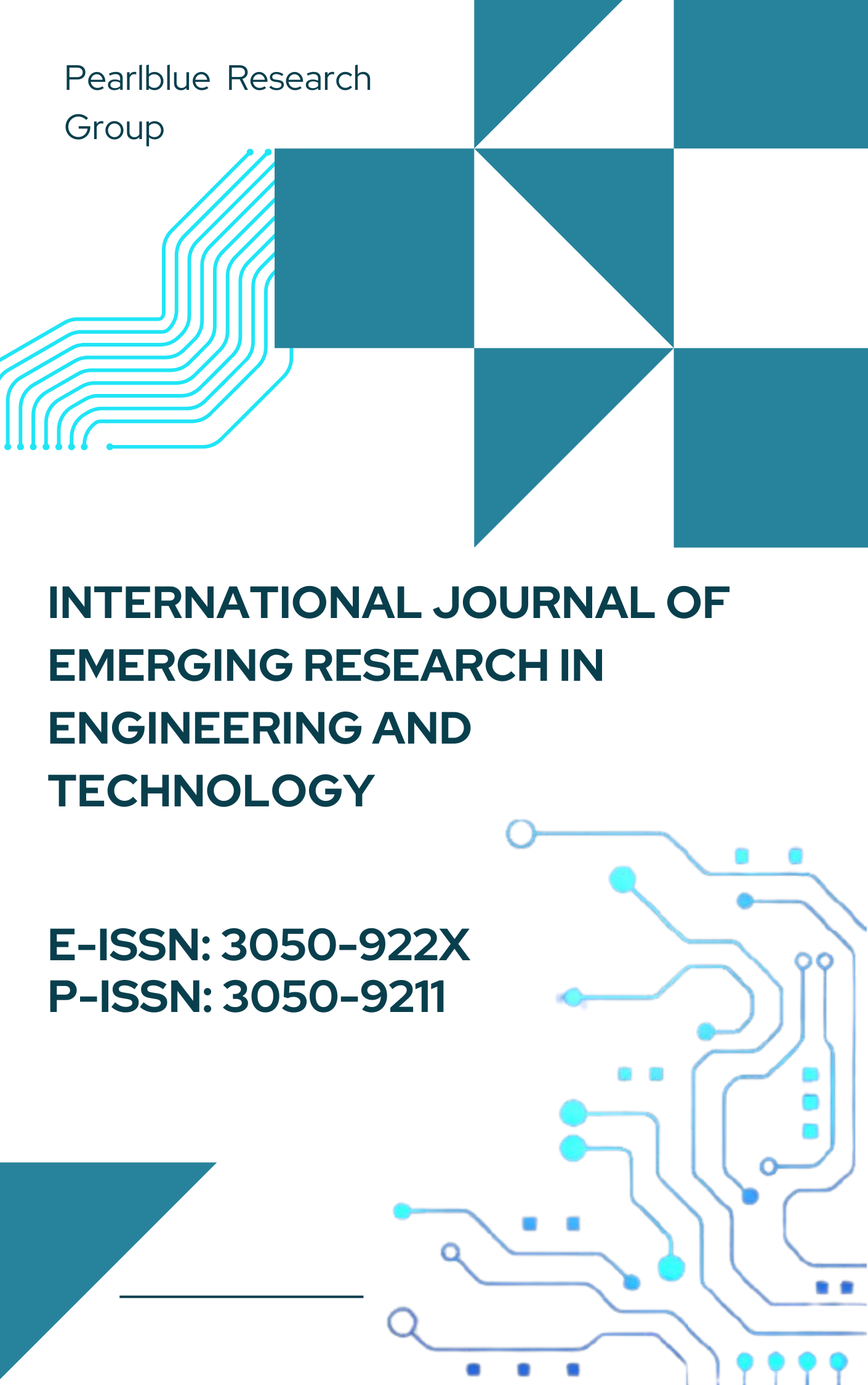AI-Driven and Cloud-Enabled System for Automated Reconciliation and Regulatory Compliance in Pension Fund Management
DOI:
https://doi.org/10.63282/3050-922X.IJERET-V5I2P107Keywords:
Artificial Intelligence (AI), Cloud Computing, Pension Fund Management, Payment Reconciliation, Regulatory Compliance, Anomaly Detection, Fraud Detection, Blockchain Technology, Smart Contracts, Financial Automation, RealTime Monitoring, Financial Data Security, Machine Learning, Neural Networks, Random Forest AlgorithmAbstract
Automating processes used in pension fund management is very important to increase the transparency and effectiveness of their operation and prevent violation of the law. This paper will factor in the role of Artificial Intelligence (AI) and cloud computing in reconciling payments and auditing for compliance. The clearance and audit of records of pension funds have been majorly done manually, entailing a lot of time and sometimes containing errors. The study presents a conceptual design for an intelligent and cloud-based automated environment to enhance payment reconciliation and compliance audit of pension fund contribution and disbursement. The system embodies artificial intelligence-based algorithms used to identify deviations or trends and comply with set policies. Cloud services can process data in real time, store and make it available to various associated parties; hence coordination is enhanced. This paper provides a review of the literature on the applicability of AI in managing pension funds, an elucidation of the proposed methodology, and case studies to prove the applicability and effectiveness of AI solutions in pension fund management. It emerged from the analysis that automation leads to improved operational efficiency, better regulatory compliance checks, and improved accuracy of financial records
References
[1] Maurer, R. H., Schlag, C., & Stamos, M. Z. (2007). Optimal life-cycle strategies in the presence of interest rate and inflation risk.
[2] Tang, N., & Mitchell, O. S. (2008). The efficiency of pension plan investment menus: investment choices in defined contribution pension plans. Michigan Retirement Research Center Research Paper No. WP, 176.
[3] Kim, H. H. (2013). Contagious Runs in Money Market Funds and the Impact of a Government Guarantee.
[4] Hubener, A., Maurer, R., & Mitchell, O. S. (2016). How family status and social security claiming options shape optimal life cycle portfolios. The review of financial studies, 29(4), 937-978.
[5] Kim, H. H., Maurer, R., & Mitchell, O. S. (2013). Time is money: Life cycle rational inertia and delegation of investment management (No. w19732). National Bureau of Economic Research.
[6] Hemati, H., Schreyer, M., & Borth, D. (2021). Continual learning for unsupervised anomaly detection in continuous auditing of financial accounting data. arXiv preprint arXiv:2112.13215.
[7] Müller, R., Schreyer, M., Sattarov, T., & Borth, D. (2022, November). RESHAPE: explaining accounting anomalies in financial statement audits by enhancing SHapley additive explanations in Proceedings of the Third ACM International Conference on AI in Finance (pp. 174-182).
[8] Omoteso, K. (2012). The application of artificial intelligence in auditing: Looking back to the future. Expert Systems with Applications, 39(9), 8490-8495.
[9] Impavido, G. (2002). On the governance of public pension fund management (Vol. 2878). World Bank Publications.
[10] Stewart, F., & Yermo, J. (2009). Pension Fund Governance: Challenges and Potential Solutions. OECD Journal: Financial
Market Trends, 2008(2).
[11] Bebczuk, R. N., Musalem, A., & Streb, M. L. (2011). Suggesting guidelines for public pension funds governance. Documentos de Trabajo.
[12] Clark, G. L., & Urwin, R. (2016). Best-practice pension fund governance. In Asset Management: Portfolio Construction, Performance and Returns (pp. 295-322). Cham: Springer International Publishing.
[13] Ogiela, L. (2015). Intelligent techniques for secure financial management in cloud computing. Electronic commerce research and applications, 14(6), 456-464.
[14] Chen, X., & Metawa, N. (2020). Enterprise financial management information system based on cloud computing in a big data environment. Journal of Intelligent & Fuzzy Systems, 39(4), 5223-5232.
[15] Rajan, A. P. (2013). Evolution of cloud storage as cloud computing infrastructure service. arXiv preprint arXiv:1308.1303.
[16] Srivastava, K., & Kumar, A. (2011). A new approach of cloud: Computing infrastructure on demand. Trends in Information Management, 7(2).
[17] Patidar, R., & Sharma, L. (2011). Credit card fraud detection using neural network. International Journal of Soft Computing and Engineering (IJSCE), 1(32-38).
[18] Shaohui, D., Qiu, G., Mai, H., & Yu, H. (2021, January). Customer transaction fraud detection using random forest. In 2021 IEEE International Conference on Consumer Electronics and Computer Engineering (ICCECE) (pp. 144-147). IEEE.
[19] Wu, L., Lu, W., & Xu, J. (2022). Blockchain-based smart contract for smart payment in construction: A focus on the payment freezing and disbursement cycle. Frontiers of Engineering Management, 9(2), 177-195.
[20] Tinn, K. (2021). Raising funds with smart contracts: new opportunities and challenges. Information for Efficient Decision Making: Big Data, Blockchain, and Relevance, 137-155.



